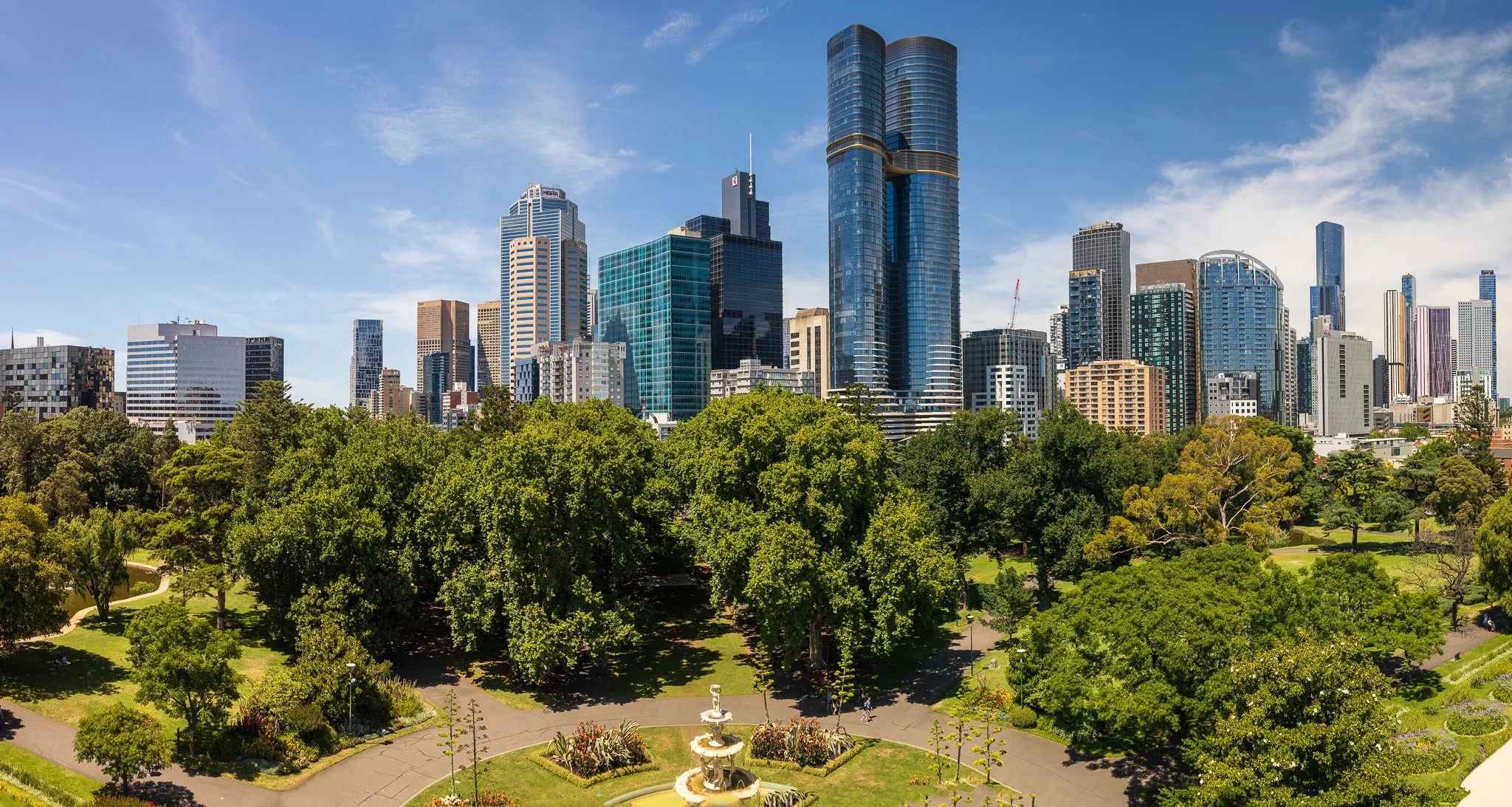“This day is one of the greatest & most glorious days of our lives, with which, to my pride & joy the name of my dearly beloved Albert is forever associated!”
These were the words written in Queen Victoria’s journal on May 1, 1851, documenting the inauguration of the Great Exhibition, in Hyde Park, London. This was the first international exhibition, the brainchild of Prince Albert (Queen Victoria’s husband). The intent was to showcase the best of British industry, art, and science, with contributions from other countries as well. The exhibition ran for six months, drawing over six million visitors. There were 14,000 exhibitors showcasing over 100,000 objects, including fabrics, tinned food, steam engines, hydraulic presses, printing presses, telescopes, pianos, an electric telegraph, musical instruments, and surgical tools. Many famous figures attended, including Charles Dickens and Charles Darwin. Queen Victoria herself visited more than 30 times.
I’m fascinated by this exhibition and the ones that followed, and for my loyal Karl subscribers, this fascination will be obvious from prior chronicles. Our visit to the Seattle Needle, which resulted from the World’s Fair of 1962. The elevation of Chicago’s architecture following the World’s Fair of 1893. We’ve also explored the rapid construction of the Eiffel Tower for the 1889 World’s Fair and the significant 1901 international exhibition in Glasgow, attended by our around-the-world cyclist, Karl Creelman.
So, it should come as no surprise, dear reader, that Melbourne staged great international exhibitions in 1880 and 1888 to introduce the world to Australian industry and technology. The Royal Exhibition Building was constructed in Melbourne’s Carlton Gardens to host the 1880 Melbourne International Exhibition. This building later became the site of Australia’s first Federal Parliament in 1901 and proudly holds the title of Australia’s only UNESCO World Heritage listing.
The 1880 exhibition was considered the greatest show Melbourne had seen, attracting more than three million visitors and bringing cultures, technology, and ideas from across the world. Thirty-three nations participated, and over 32,000 exhibits were displayed, including contributions from Great Britain, France, Germany, India, Japan, China, the USA, and all Australian colonies. When the exhibition closed on April 30, 1881, it had welcomed over 1.3 million visitors—an astonishing figure given that Victoria’s population at the time was just over 250,000.
Several years later, in 1888, the Melbourne Centennial International Exhibition was larger than the first and showcased exhibits from nearly 40 nations. A notable highlight of this exhibition was the introduction of electric lights, making it the first in the world to allow night-time viewings via an impressive 96 kilometers of cabling.
Although Karl’s visit to Melbourne didn’t coincide with either exhibition, it’s likely he glimpsed the Royal Exhibition Building. Many structures built for exhibitions were temporary, often succumbing to fire; however, Melbourne’s Exhibition Building endures. A major draw at the time of the 1880 exhibition was the Dome Promenade, inspired by Florence’s Cathedral dome. This architectural marvel offered visitors breathtaking views of the gardens and city skyline. With one of the first “lifts,” 127,000 guests ascended to the dome, paying six pence for adults and three pence for children—double the cost of climbing the 80 stairs.
Due to structural instability, the promenade closed in the 1920s. However, over a century later, extensive restoration work has made it safe once again, and today, it is open to tourists. So, this tourist booked a ticket. It was one of those experiences that transports you back in time—back to when Karl was in Melbourne, when bicycles were first introduced to the city, and when walking the Dome Promenade provided a bird’s-eye view of Melbourne. The same was true for my visit, although the new Shangri-La Hotel would have been unimaginable to those who walked the promenade in 1880 or 1888. Still, the excitement of seeing the city from above remains just as exhilarating today as it must have been then.
On July 1, 1851, shortly after the May 1, 1851 inauguration of the Great Exhibition in London, the British Act of Parliament separated the Port Phillip District from New South Wales, naming the new colony "Victoria" after Queen Victoria. Fifty years later, Australia federated as a commonwealth, uniting its colonies into a single nation. Queen Victoria remained the monarch, but it marked the end of the colonial era.
If nothing else, the Royal Exhibition Building is a testament to Prince Albert’s vision and a lasting legacy of the British Empire and Queen Victoria’s reign.
If you are new to the Karl Chronicles, get caught up on our expedition around the world!
Start here: 200 highlights from 200Chronicles
Then get caught up on the rest of our journey, click here for more Karl Chronicles
Click here to check out my art store
The Karl Journey is registered as an official expedition with the Royal Geographical Society
















